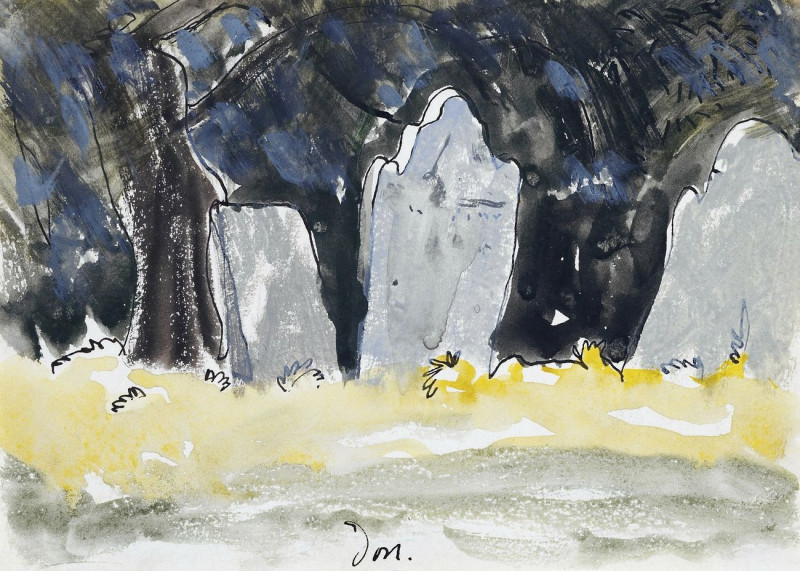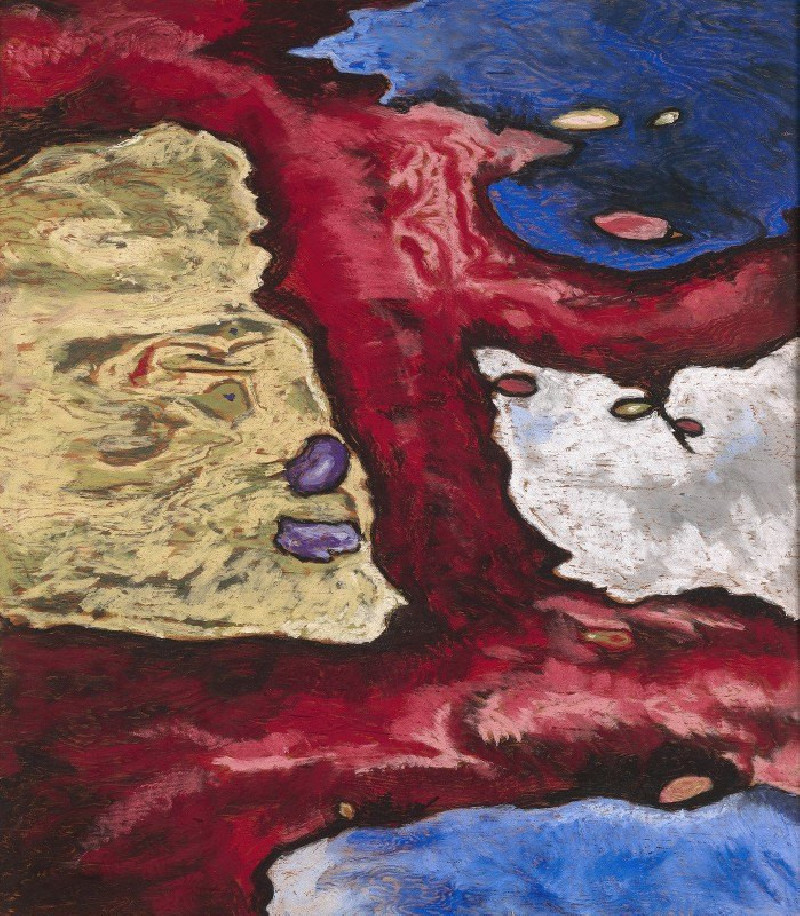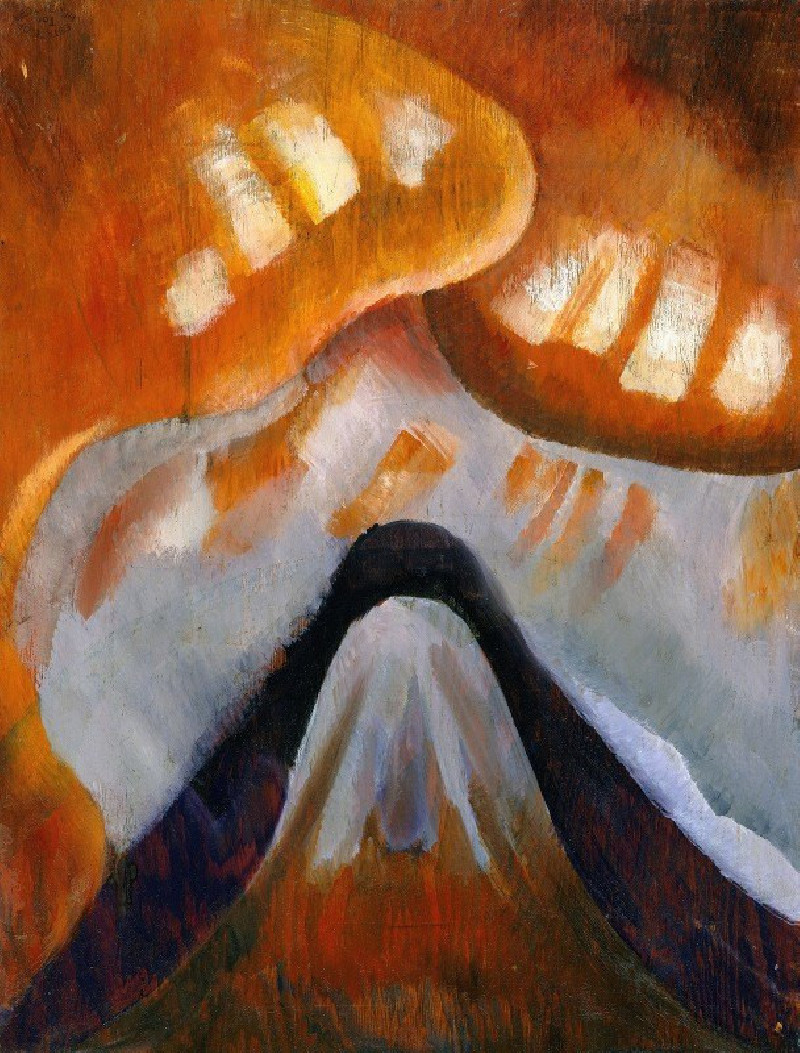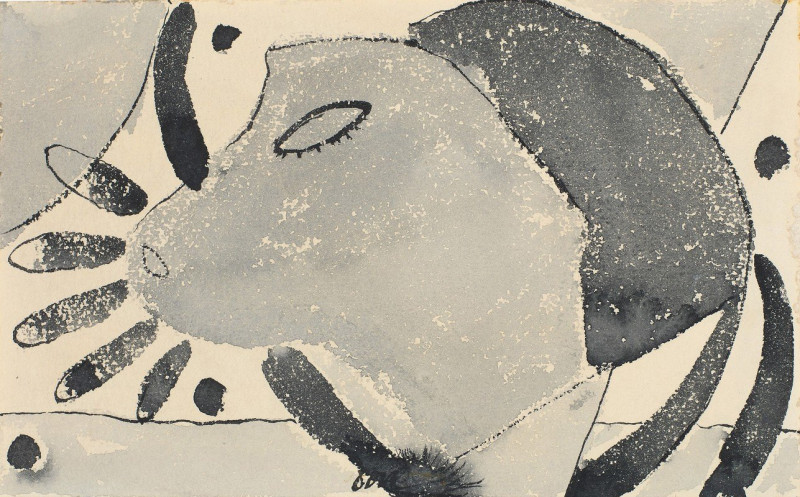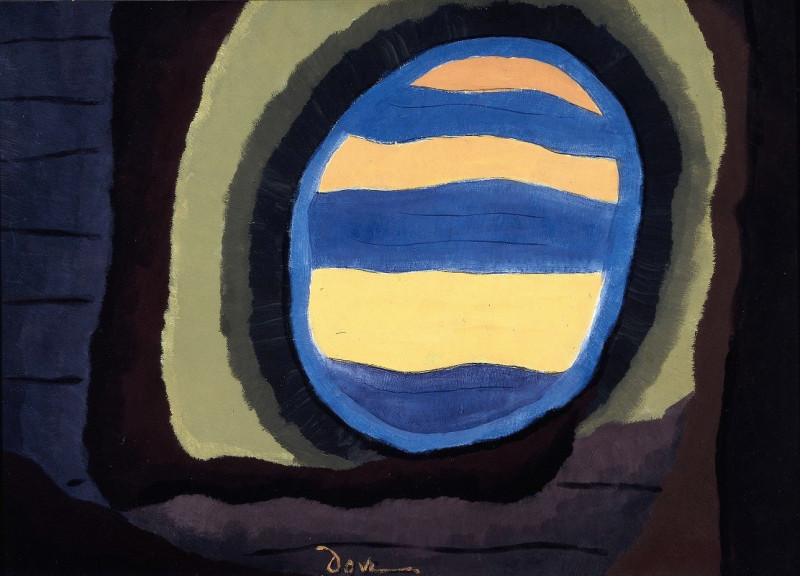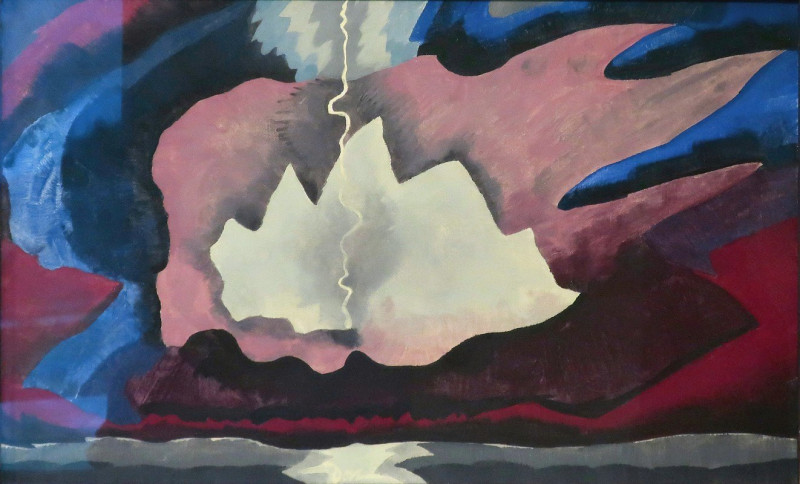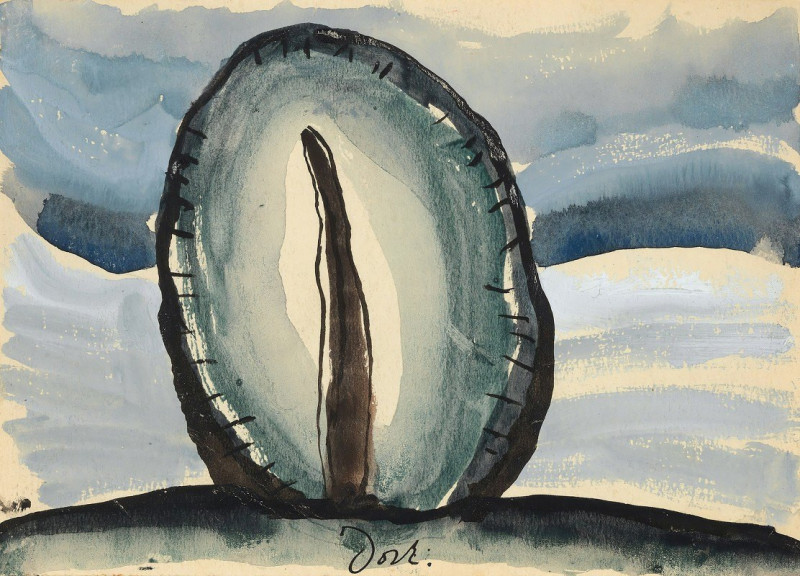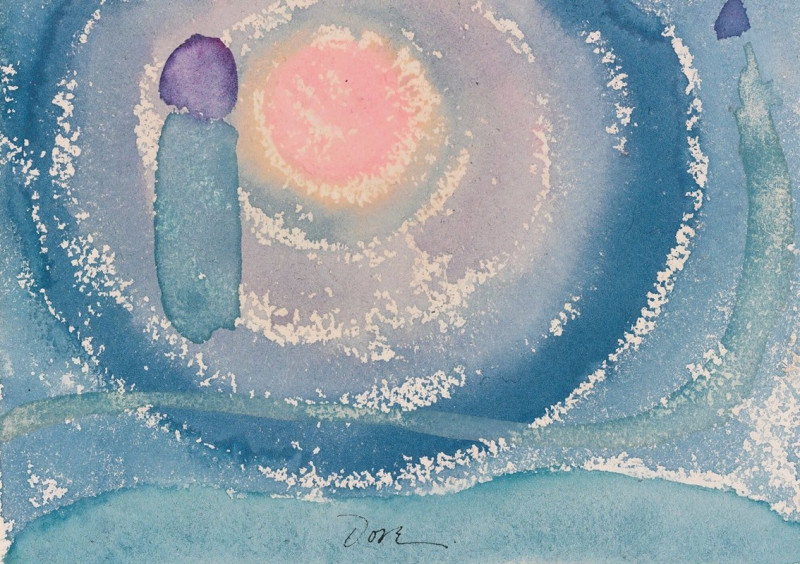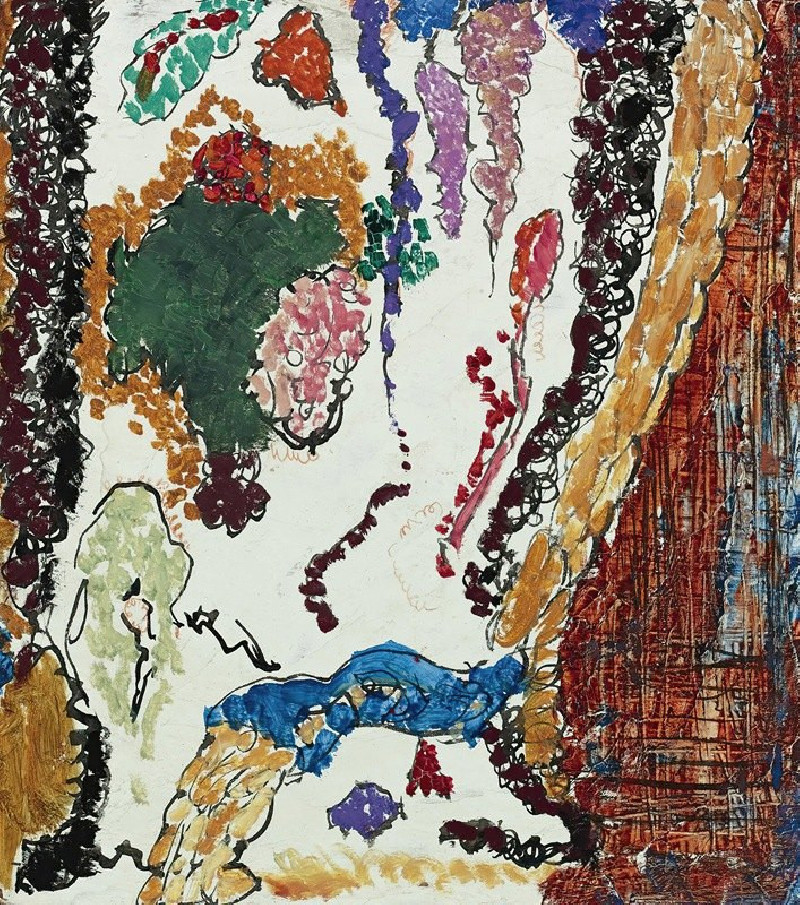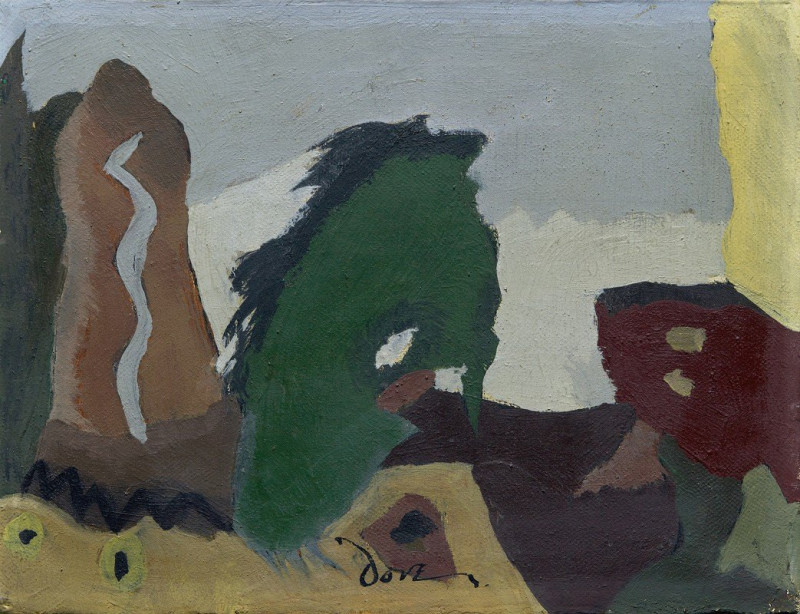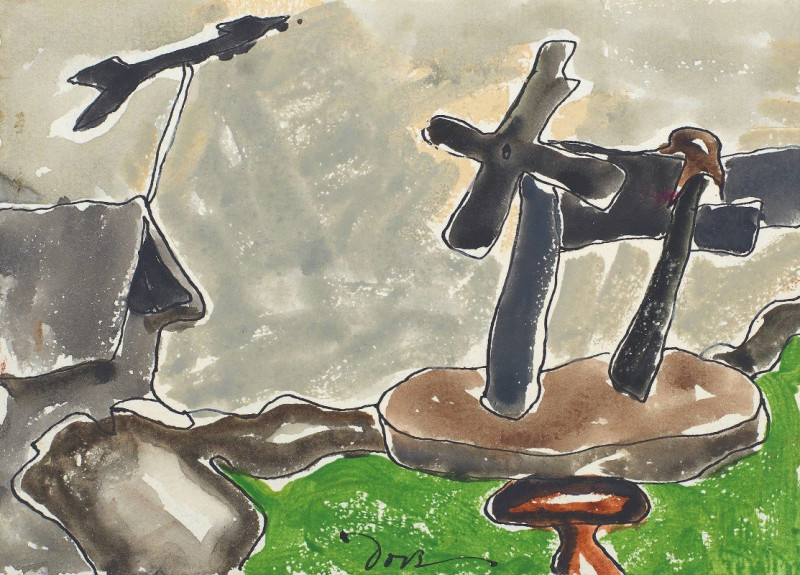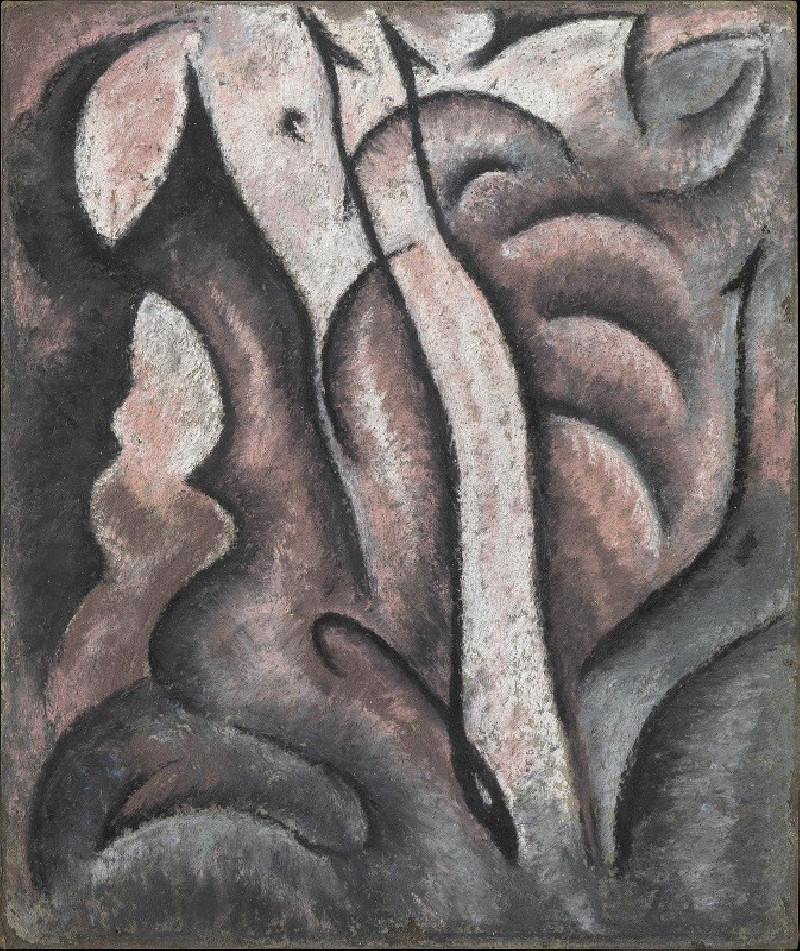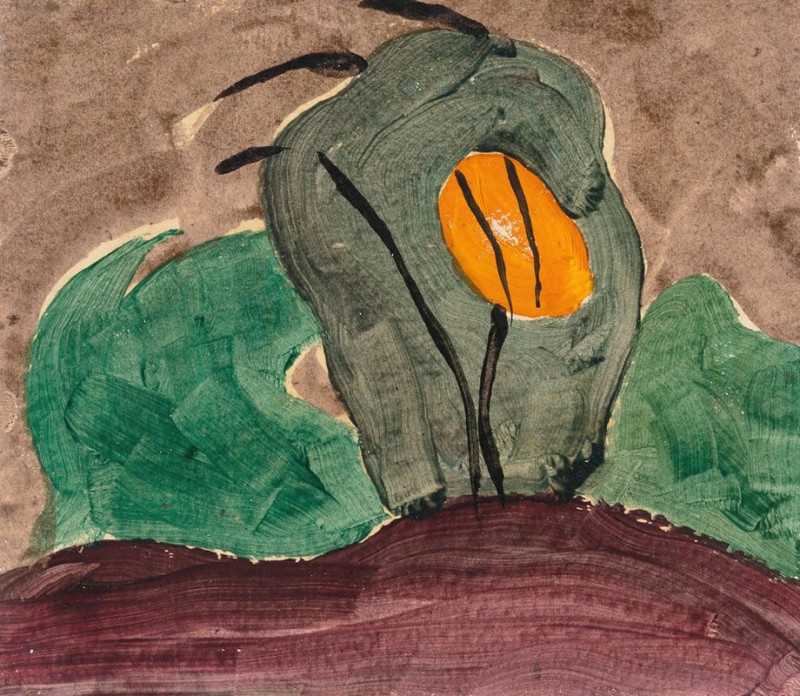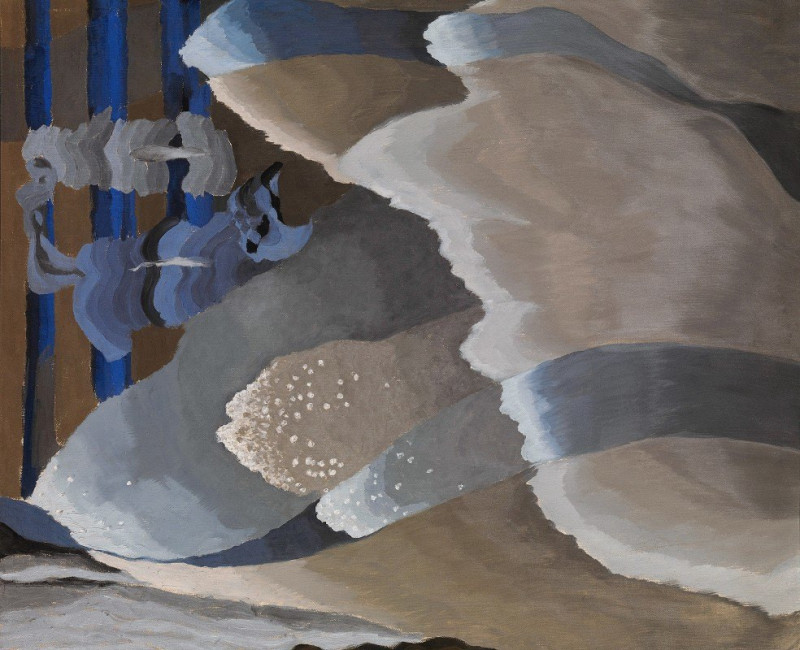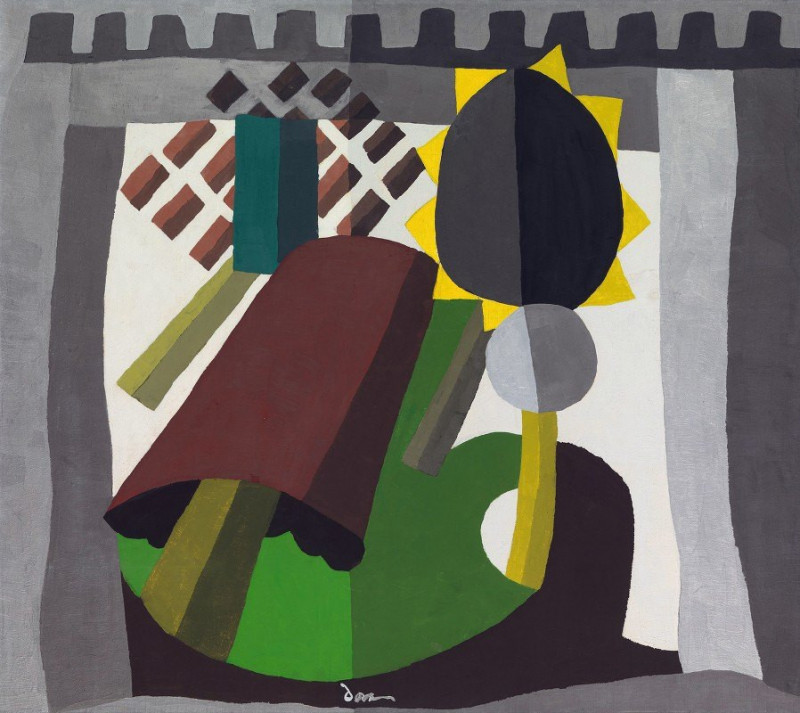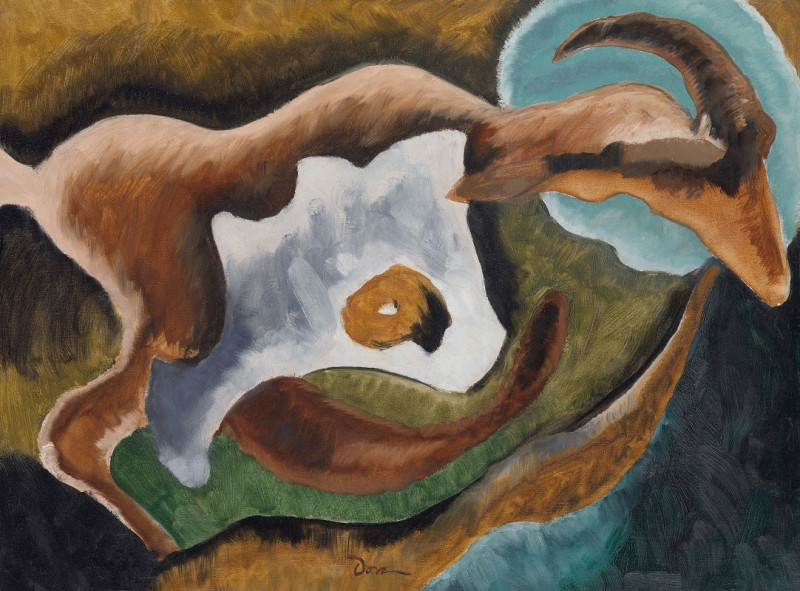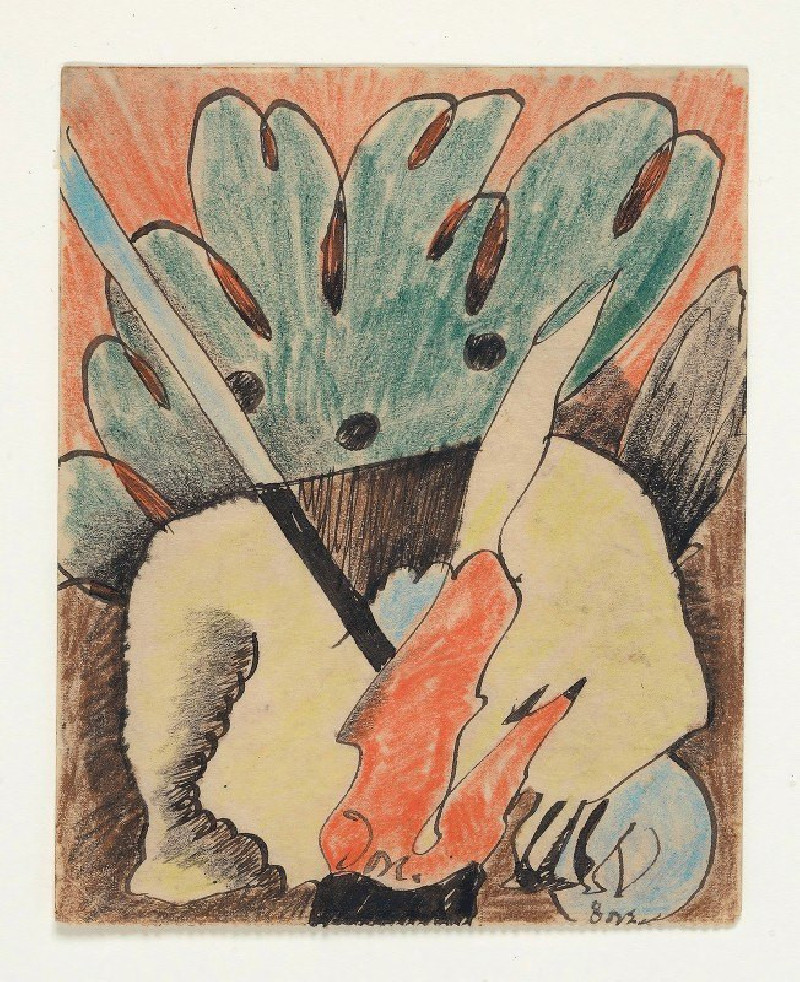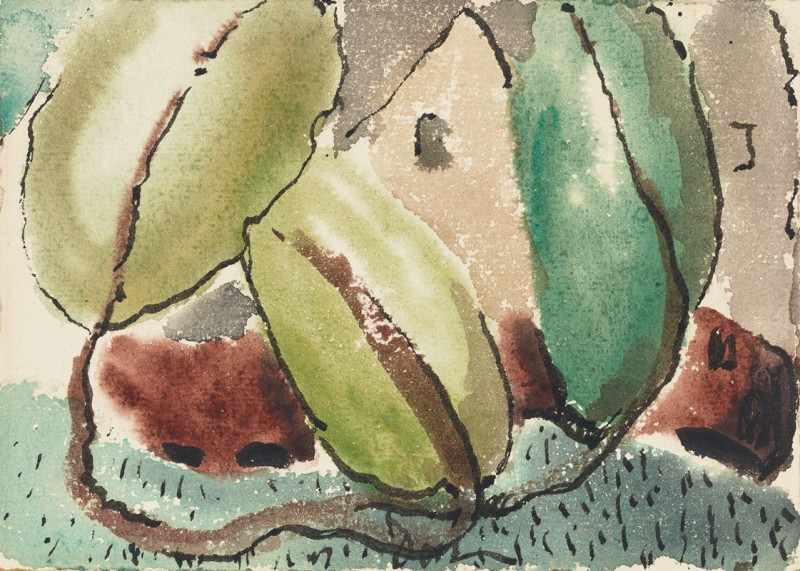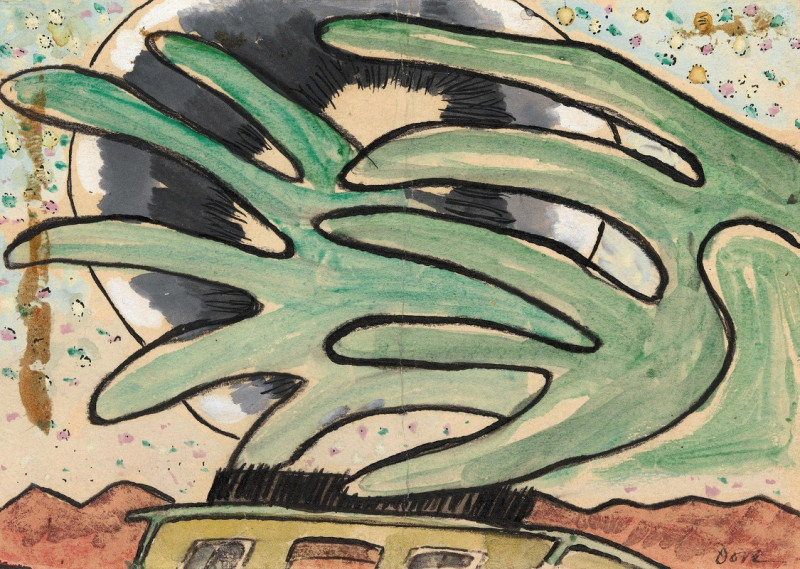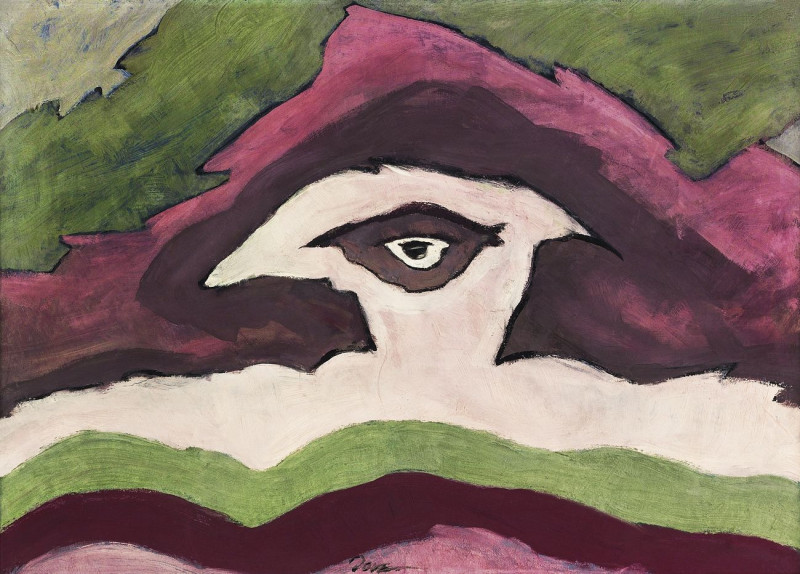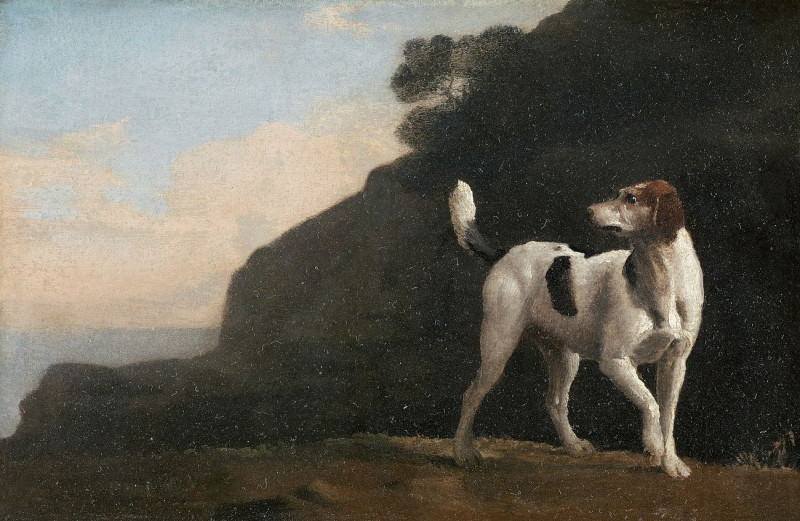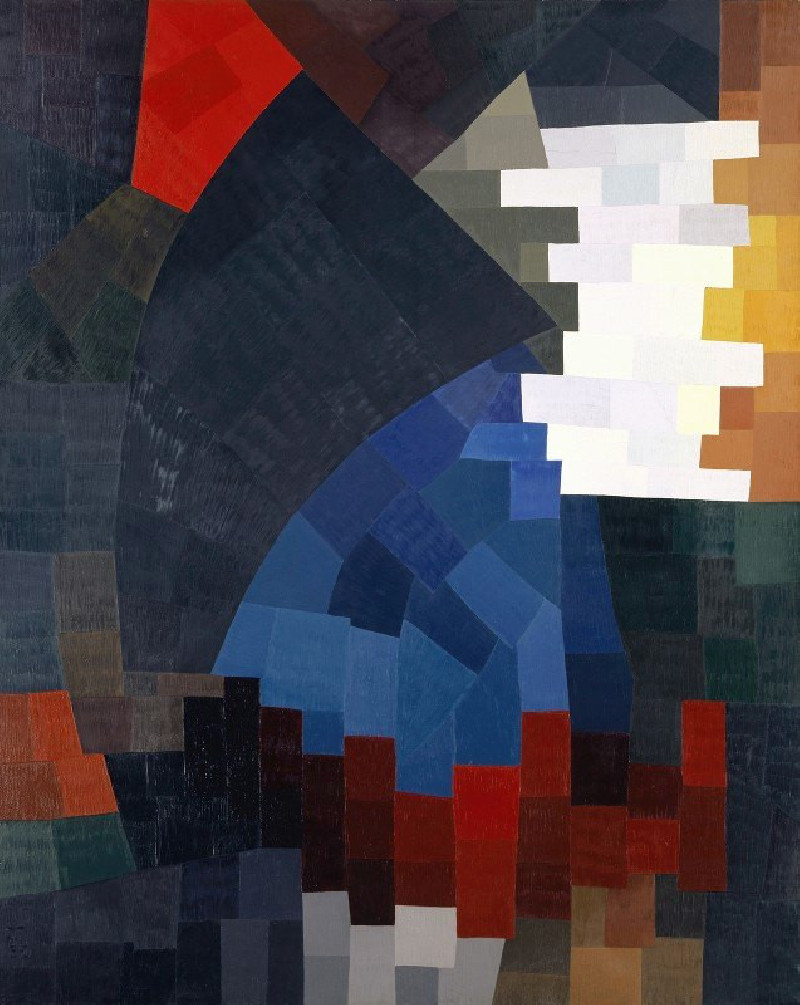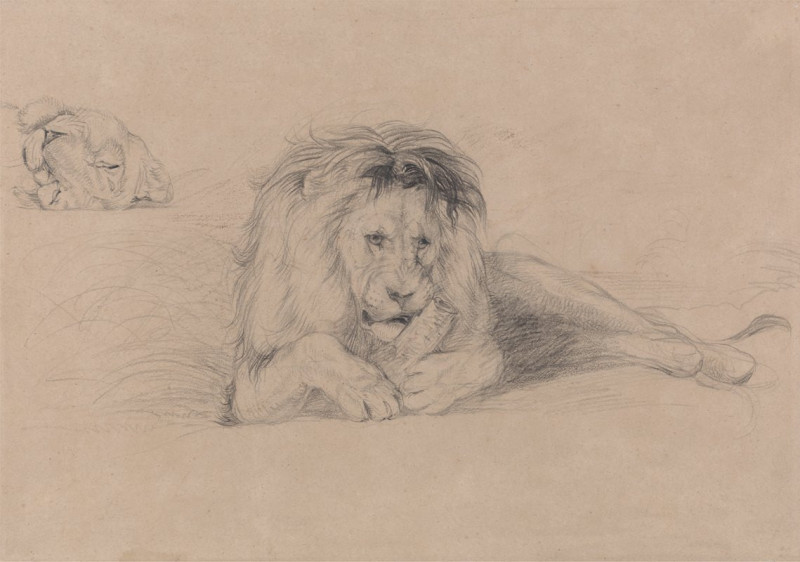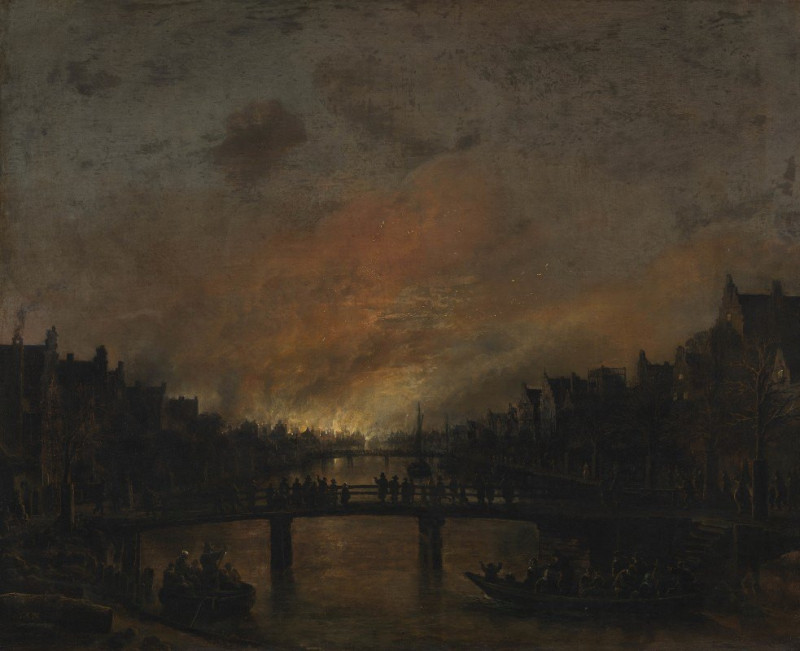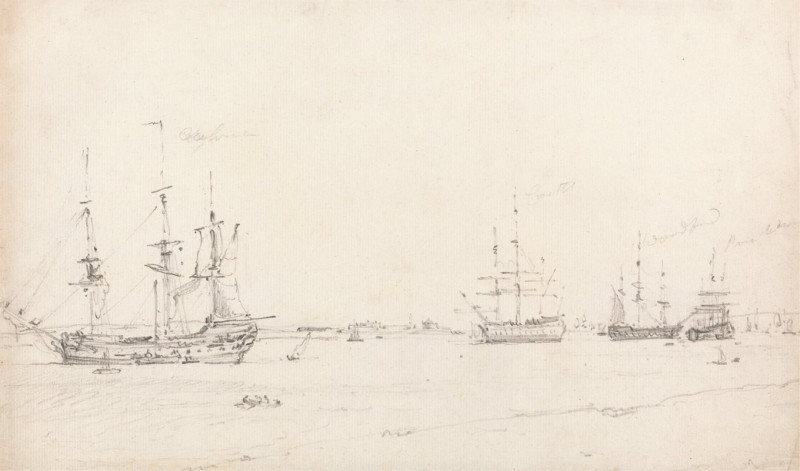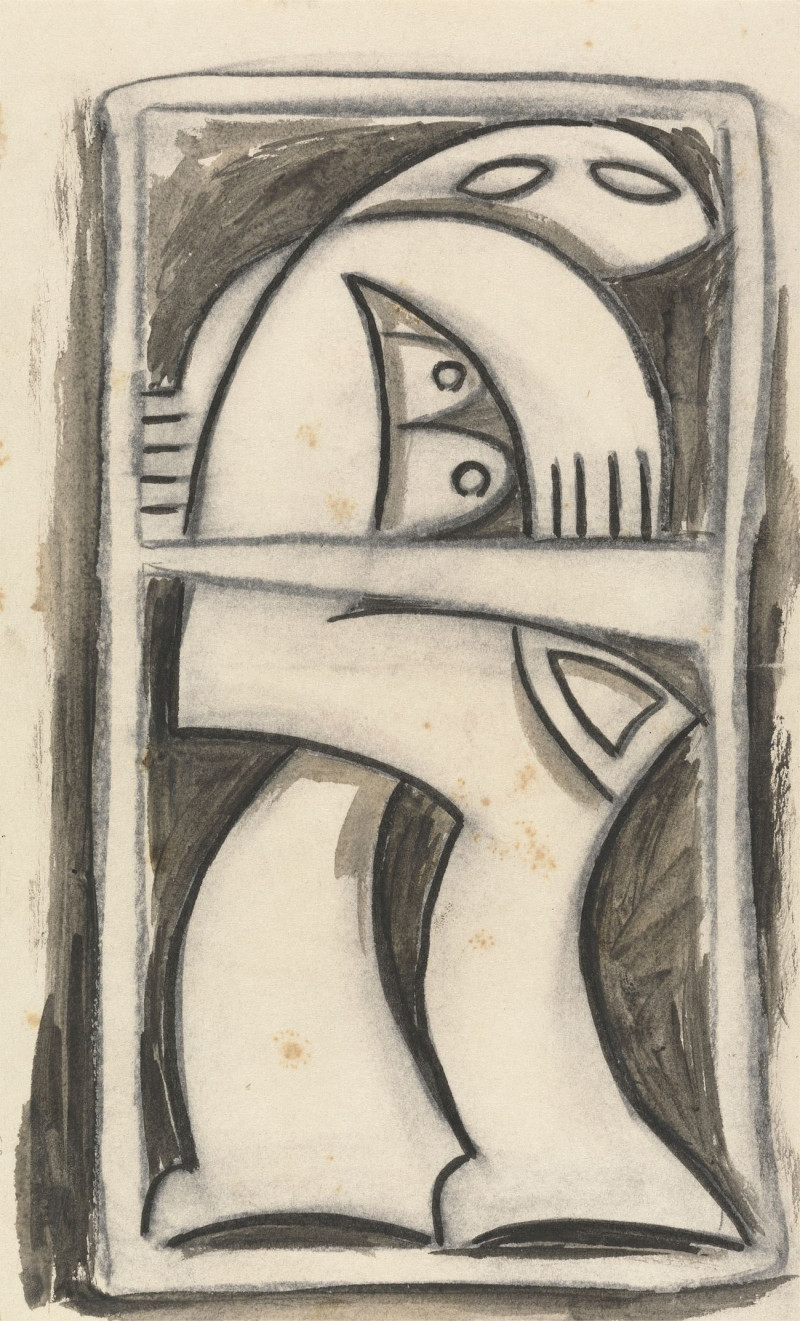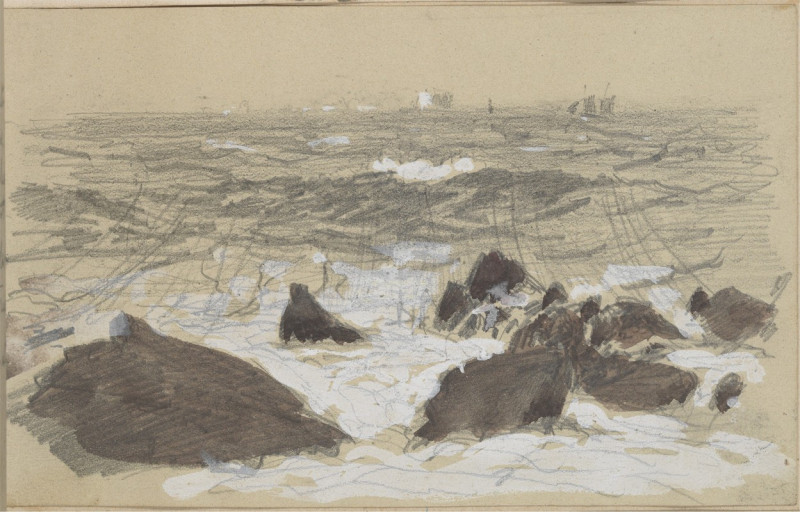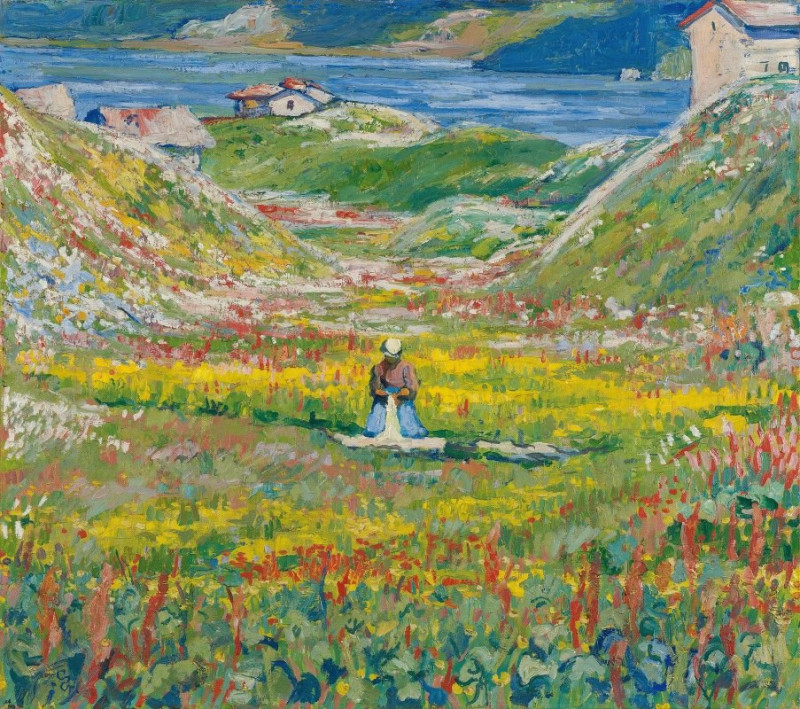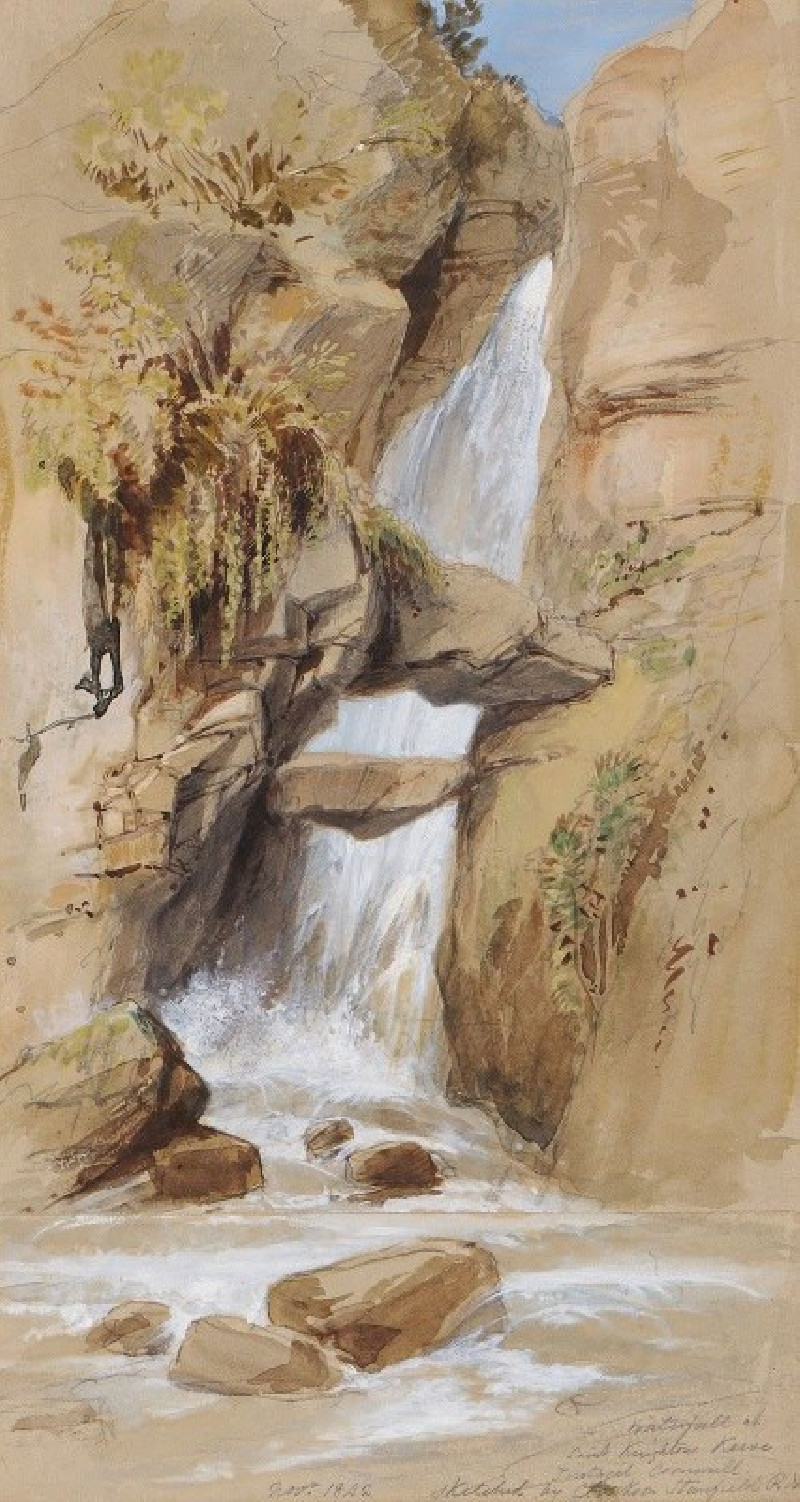Arthur Dove'S Old Tombstones
Technique: Giclée quality print
Recommended by our customers
More about this artwork
Arthur Dove's painting titled "Old Tombstones" presents a haunting yet subdued scene rendered in a minimalist and abstract style, characteristic of Dove's approach to art. The artwork portrays what appears to be a cemetery scene, emphasized through several key elements and the use of a muted palette.In this painting, you can observe several vertical forms that suggest tombstones, placed under dark, looming shapes that could be interpreted as trees or perhaps shadows, contributing to a somber and contemplative mood. The tombstones are depicted in what seems to be a simplified and almost ghostly manner, using gray and white hues that stand out against the darker background.The ground is indicated by a layer of yellowish color, possibly representing grass or fallen leaves, adding a subtle vibrancy to the otherwise dark scene. This hint of color might suggest the presence of life or the natural cycle of decay and renewal, a common theme in reflections on mortality and memory.Dove often explored the boundaries of abstract expression, and in "Old Tombstones," he reduces the forms and elements to their essence, allowing the viewer to engage with the emotional and symbolic content of the painting. His ability to evoke mood and atmosphere with minimal details and a restrained color scheme speaks to his mastery in using abstraction to convey deeper meanings about natural and spiritual themes.
Delivery
Returns
Arthur Dove was a Modernist American artist well known for landscapes and abstract paintings. Dove produced commercial illustration works for magazines including Harper’s Magazine. After returning from Paris, Dove met Alfred Stieglitz who mentored him. During his life, he created a number of inventive and distinguishing artworks using stylize abstract forms, often representing nature including sunrise, trees, water, waterfall, and thunderstorm. Dove’s fame continued to grow after his death. He is said to influence the first generation of Abstract Expressionists, such as Jackson Pollock and Mark Rothko.

